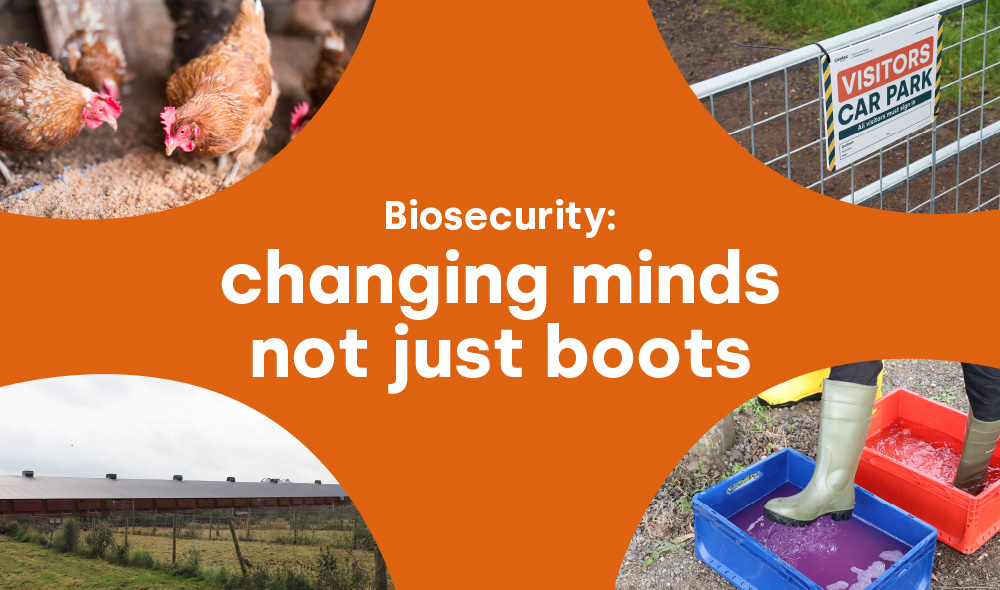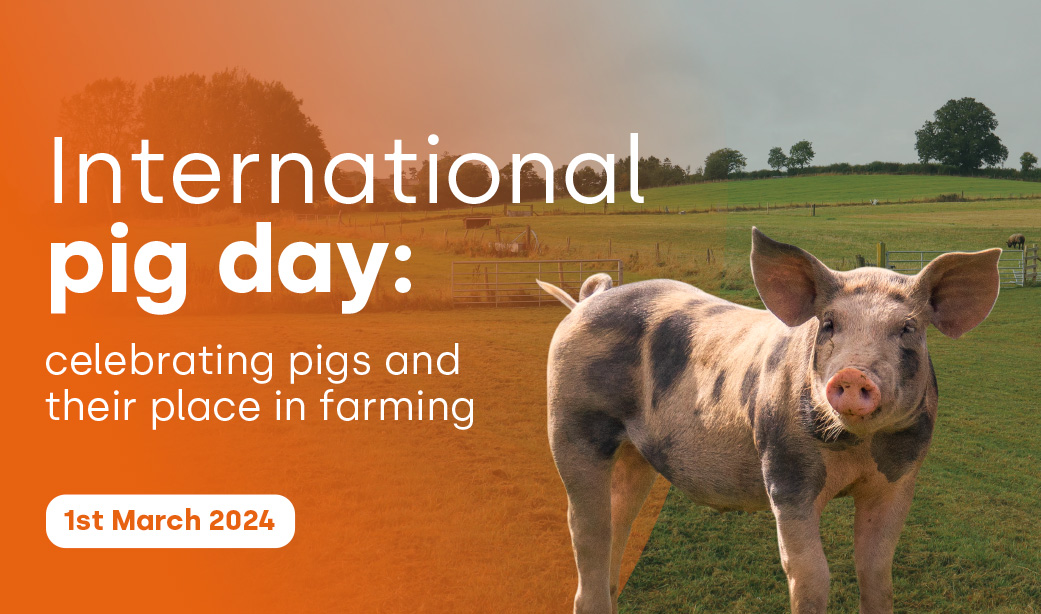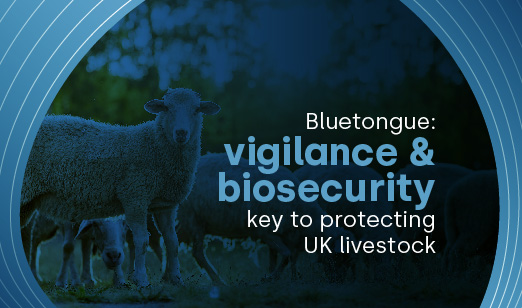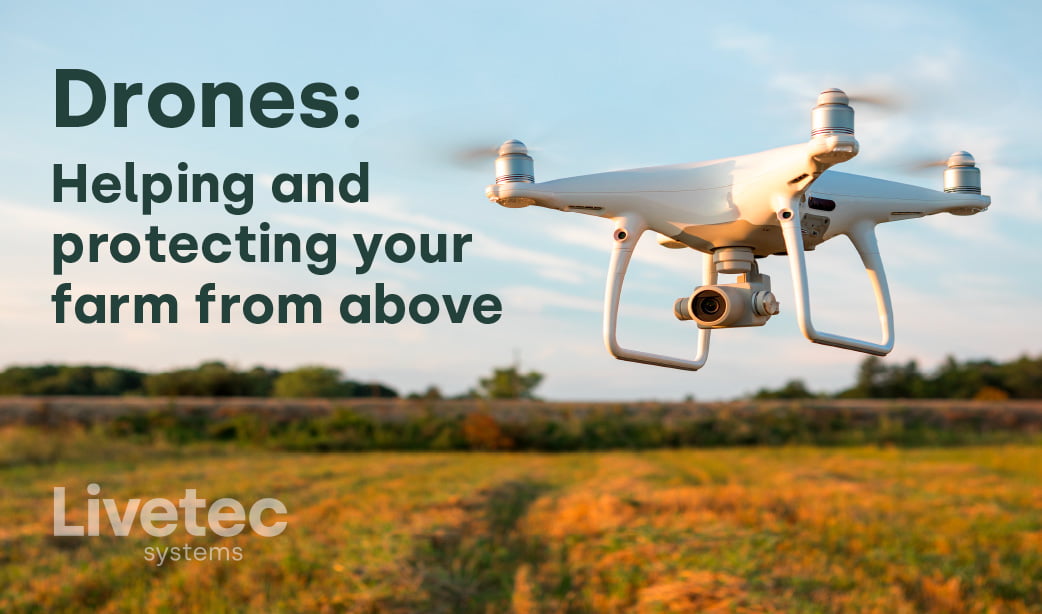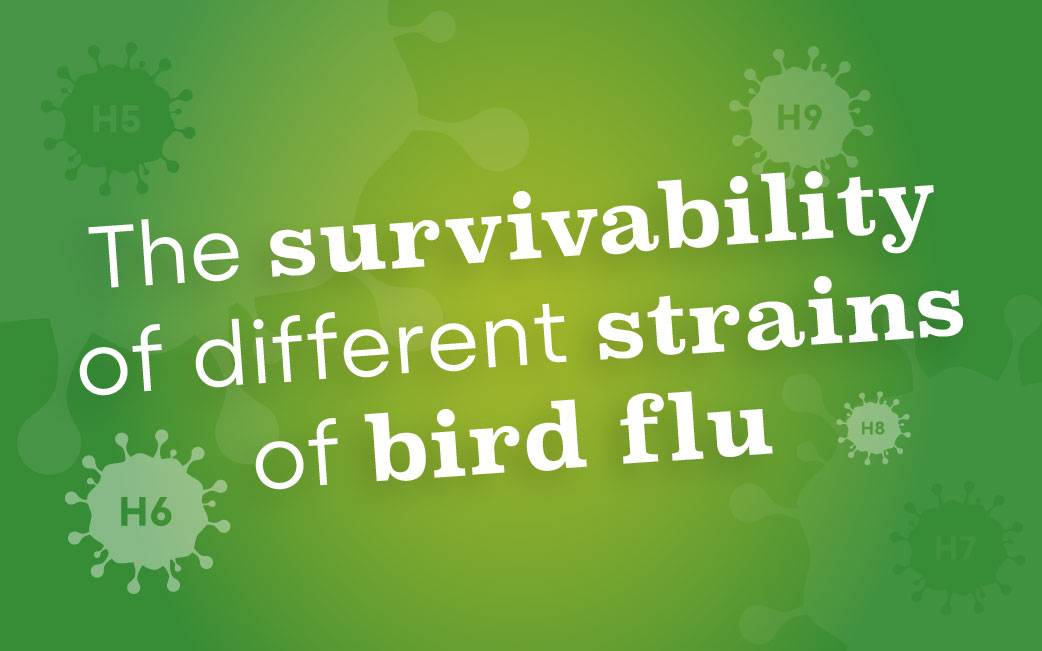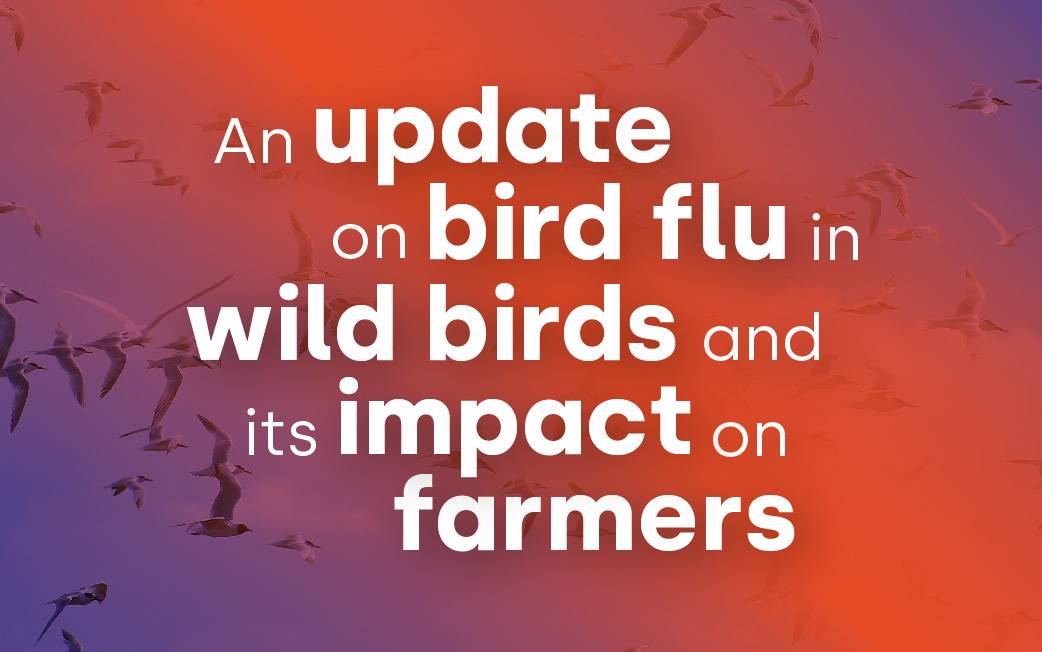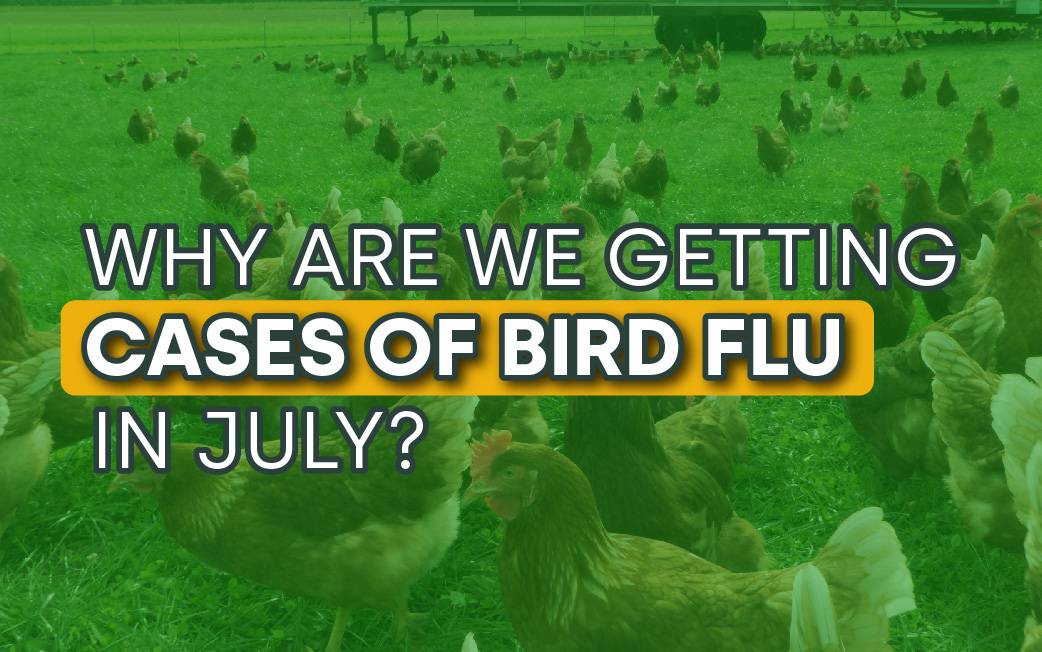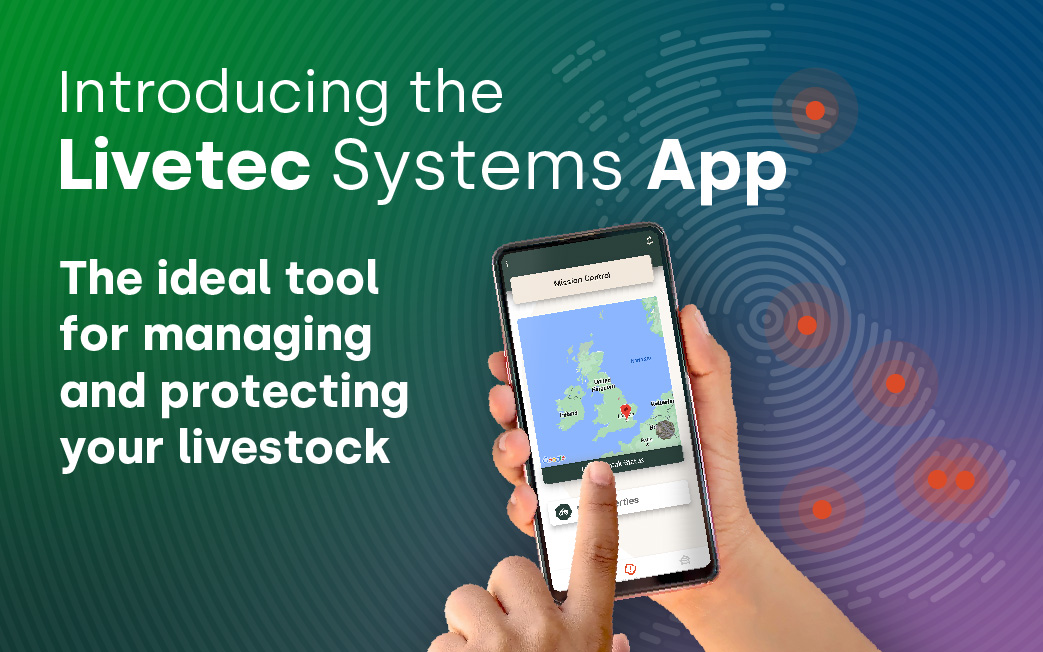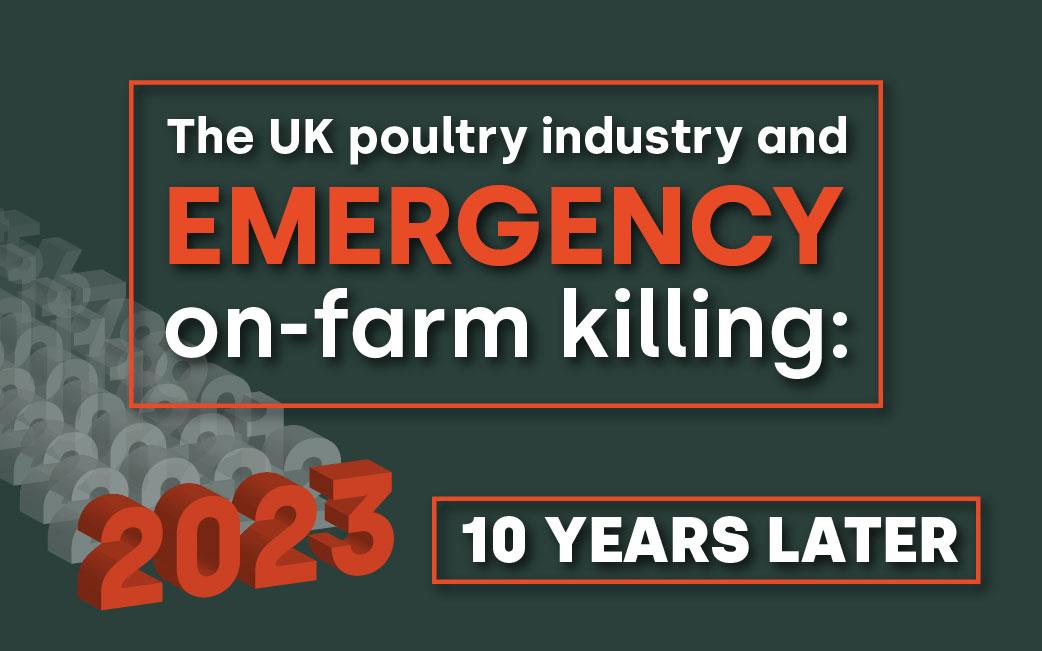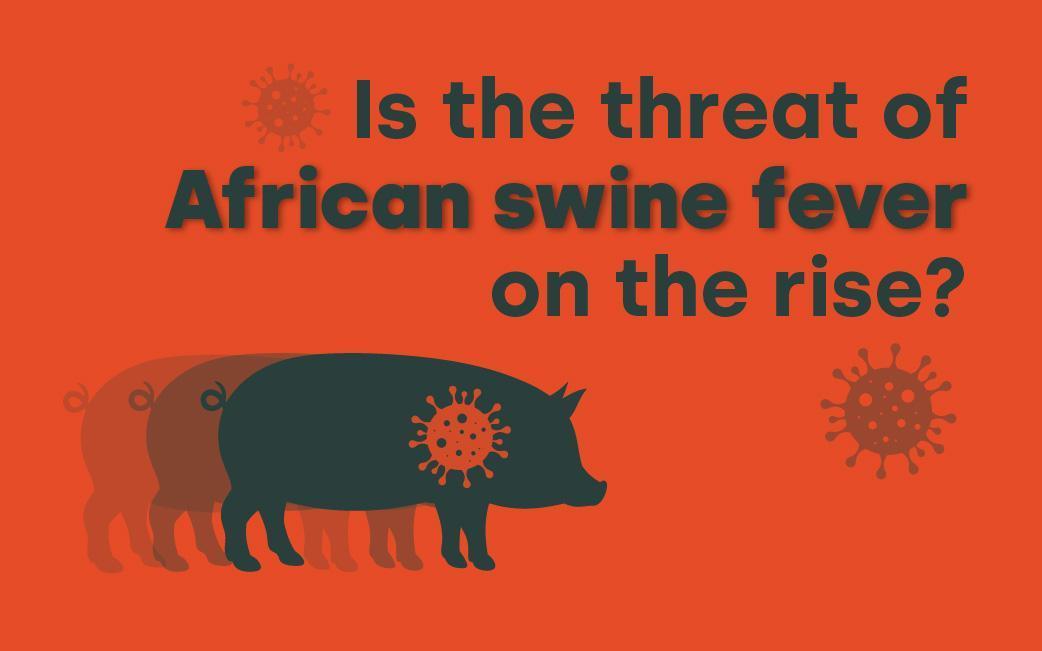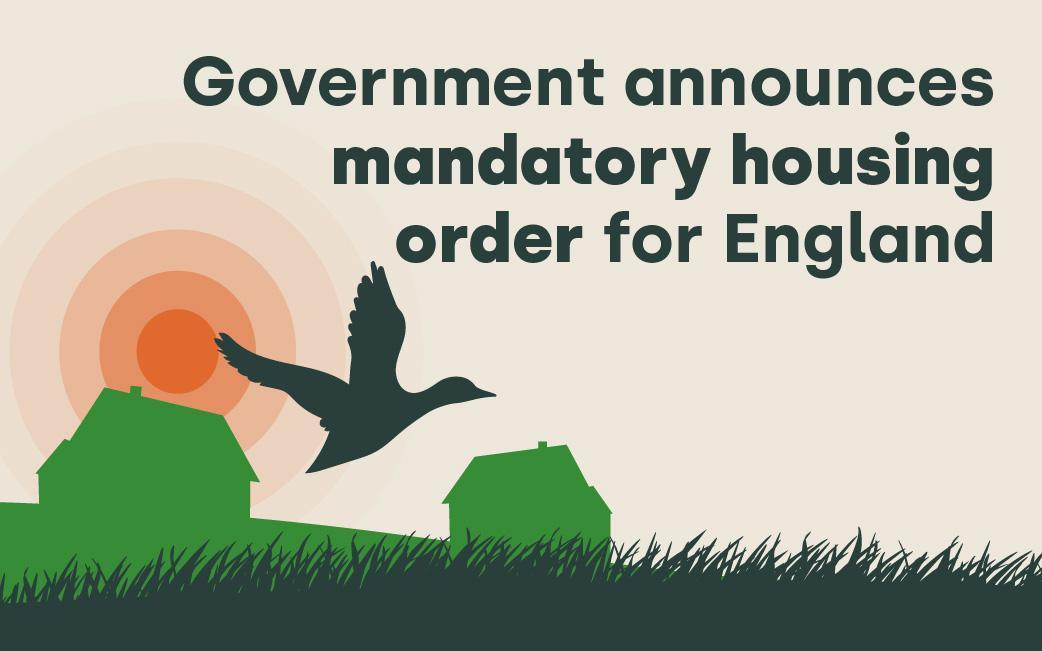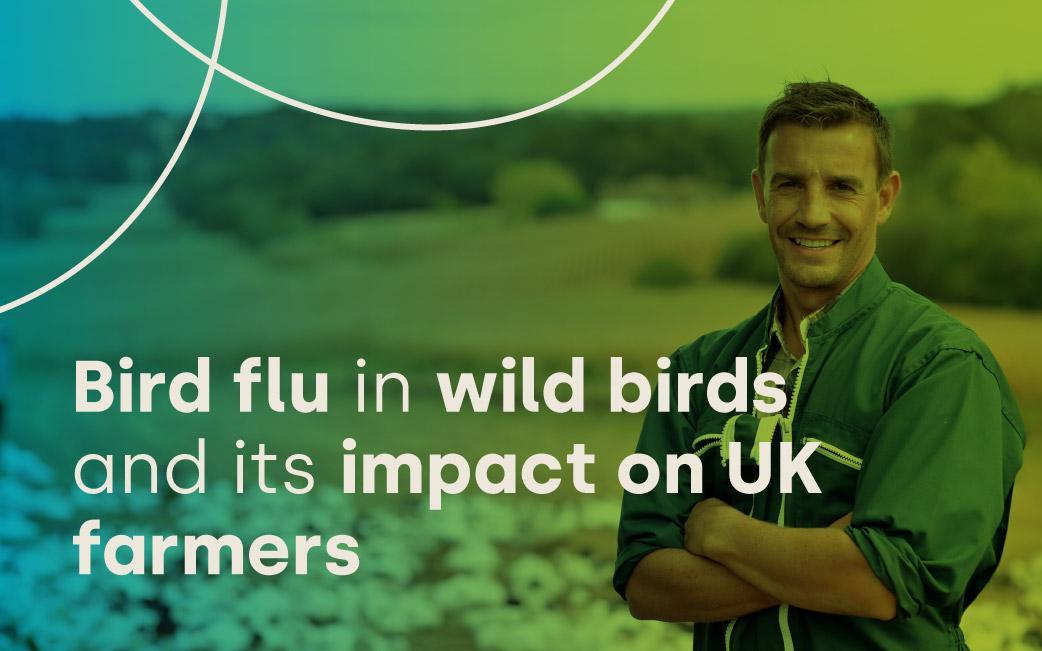After storms Babet and Ciaran unleashed widespread flooding in the UK, their impact continues to be felt acutely, particularly in the agricultural sector.
Whilst insurers are still trying to establish the full cost to homes and businesses of these events, the cost to the nation’s already hard-pressed farms is sure to run into the many millions.
In response, the National Farmers Union (NFU) Deputy President, Tom Bradshaw said of the flooding that: “Farming is on the front line of climate change and the sector is experiencing volatility and severe weather events more often. It’s why we absolutely need a long-term plan to improve how we manage water in times of flood and drought, as we regularly experience both on an annual basis, and both severely impact our ability to produce food.”
The NFU is currently demanding that the government strengthens its commitment to UK food security with firm action on water management. And fears of how this impacts farmers are shared across many industry groups, including the Country Land and Business Association (CLA), as they echo the NFU’s concerns.
Regional Director of the CLA, Tim Bamford said: “Flooding can have a massive impact on farming and the countryside, with crops damaged and rural communities often cut off.
“Farmers want to provide solutions to the climate crisis. But until the Government steps in to tackle planning delays and offer full and proper compensation to those storing floodwater, farmers will continue paying the price for problems they didn’t create.”
A spokesperson for the Department for Environment, Food and Rural Affairs (Defra) stated: “We’re conscious of the impact Storm Babet and Ciaran will have had on the farming community, and the important role to play in reducing the risk of flooding and coastal erosion as we adapt to climate change.”
Amidst the looming threat of flooding – and in a lot of cases the actuality of flooding – an increased vulnerability to disease emerges, particularly as we approach a season when disease outbreaks are traditionally more prevalent across the UK.
Flood water can introduce disease
Flooding across farmland can kill livestock but, so can what’s in the water. Poultry owners should be concerned about flooding not just because of the water rise itself but because the floods bring with them the increased threat of disease. International studies have shown an increased risk of Salmonella in livestock after flooding events, and as standing water is one of the biggest reservoirs for disease it is easy to see how, with a flooded water table and overworked drainage, domestic poultry will have ample opportunity to drink from contaminated water.
In addition, the UK’s Animal and Plant Health Agency (APHA) notes in a 2020 report the increased risk of avian influenza due to the new habitats becoming available to wild waterfowl- known vectors of disease.
So, as we can see, the threat to farm businesses, animals and staff is not to be taken lightly.
Planning against disease risks in the wake of flooding
Julian Sparrey, Livetec’s Technical Director, said that in preparing for heavy rainfall: “Any pool of water has the potential to carry viruses. Building maintenance is paramount. It’s crucial to ensure that your structure is truly watertight, particularly in the vicinity of roof fans, as water infiltration can occur there, and ensuring that water cannot gain access through the walls and under cracks in doors.
One way to check your vulnerabilities to flooding is looking at areas where water pools, looking for moss on concrete and on the sides of sheds and ensuring you have measures in place to prevent flooding in these areas.”
Biosecurity processes must also be followed too, according to Sparrey: “It is also critical to ensure that anyone entering sheds changes wet boots before entering a shed to prevent the introduction of rainwater. Taking extra biosecurity measures where there is a risk of flooding will be critical to preventing disease ingress through water.”
Locating vulnerabilities to protect poultry
To help protect poultry and farmers, Livetec have developed our new Biosecurity Advisory Service, where one of our biosecurity experts conducts a full day, on-farm visit to assess every aspect of your day-to-day operations. They then recommend the full range of measures you need to take to maximise your farm’s biosecurity.
Livetec also evaluates your farm’s flood defences. We inspect every foot of your farm, its layout, its buildings, its infrastructure and the undulations of the ground itself to predict where your farm is vulnerable to flooding. Knowing the flood patterns helps us predict where you’re most at risk and so we can recommend a series of measures, procedures and protocols to reduce the impact of flooding.
Being prepared for what diseases can follow a flood can help mitigate the impact and facilitate a faster recovery. Livetec’s Biosecurity Advisory Service ensures farmers are prepared for the worst case scenario, helping reduce stress and save livestock and livelihoods.
Got a specific problem you need to address? The contact the Livetec team today.













